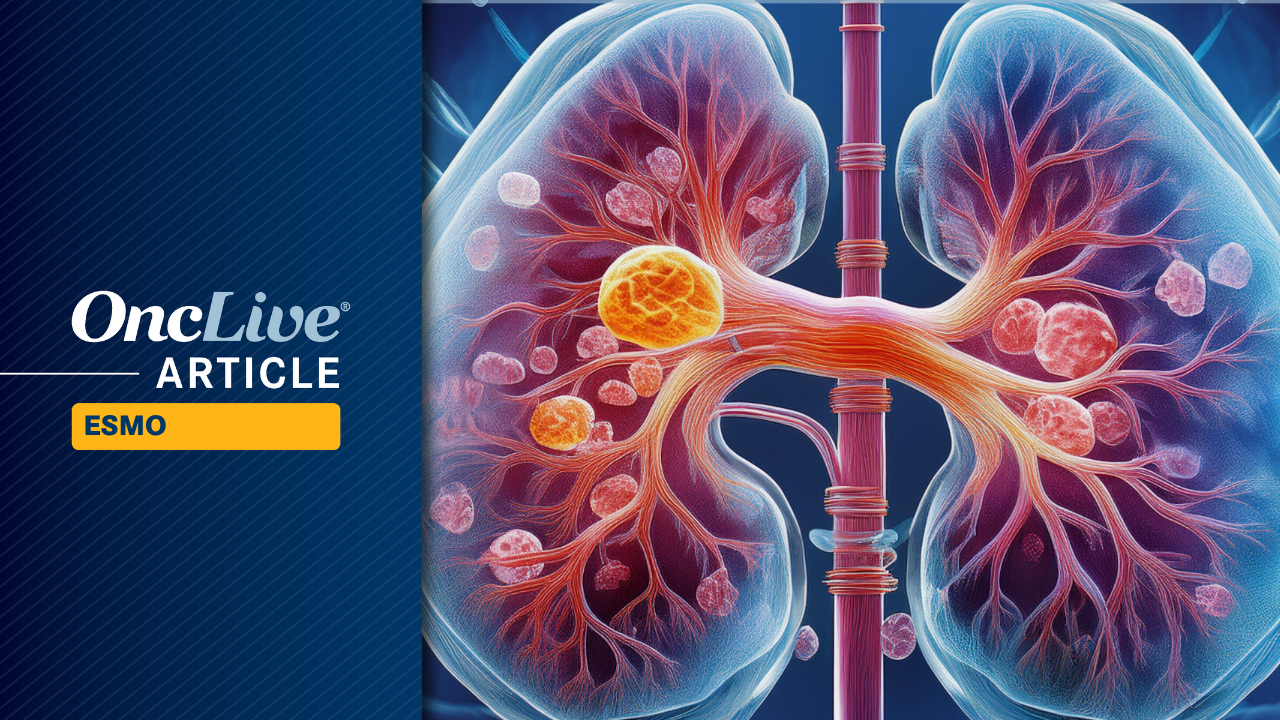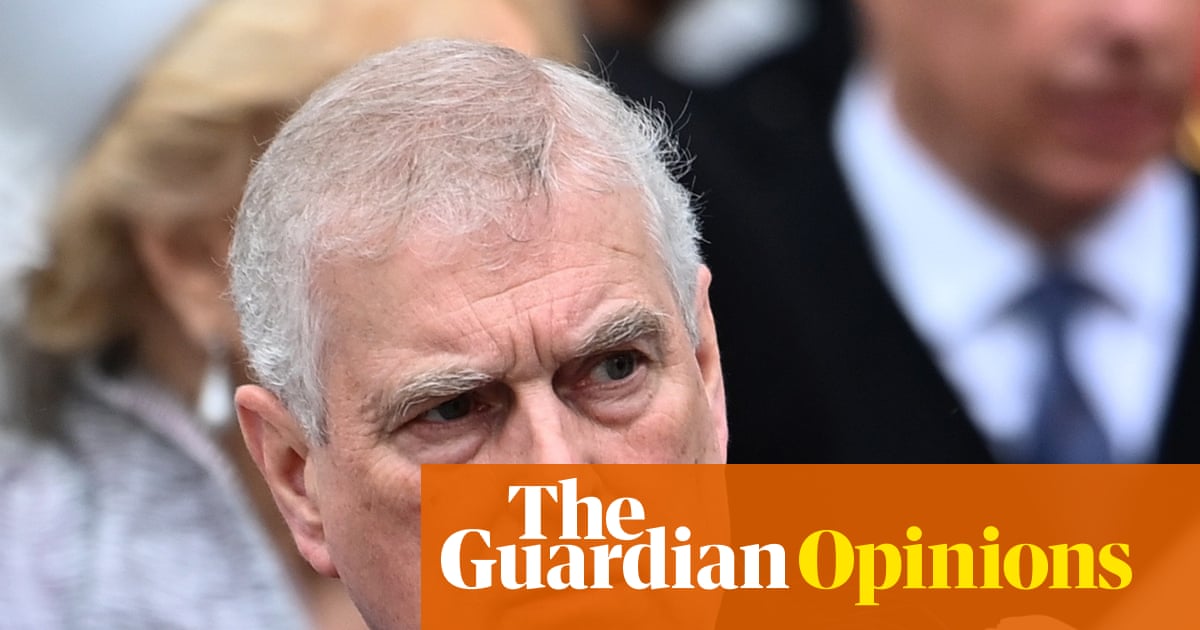Ethan Hawke and Richard Linklater have one of the all-time greatest partnerships between an actor and a filmmaker in cinematic history. After meeting in the early 1990s in New York City, where Linklater saw Hawke in a play that co-starred their…
Blog
-

RNA Sequencing Signatures May Guide Treatment Selection in Advanced ccRCC
RNA sequencing (RNAseq)-defined clusters could effectively be used to select treatment for patients with metastatic clear cell renal cell carcinoma (ccRCC), according to data from the prospective phase 2 OPTIC RCC trial (OPtimal Treatment by Invoking biologic Clusters in Renal Cell Carcinoma) trial (NCT05361720) presented at the
2025 ESMO Congress .1The OPTIC trial sought to validate RNAseq-based clusters that were defined using a machine learning model from data collected in the IMmotion 151 trial (NCT0242082).2 In the trial, those with cluster 1/2, indicating an angiogenic tumor, were treated with cabozantinib (Cabometyx) plus nivolumab (Opdivo) and demonstrated deepened clinical outcomes.
“Selection of patients exhibiting an angiogenic gene expression signature enriches for clinical outcomes to cabozantinib plus nivolumab, including high objective response rate, reduction of tumor burden for all patients, and lack of progressive disease,” Scott, M. Haake, MD, PhD, assistant professor of medicine, Division of Hematology & Oncology at Vanderbilt School of Medicine, said during a presentation of the data.
What were the results of the OPTIC RCC trial?
The study met its primary end point with an objective response rate (ORR) of 76% among patients with cluster 1/2 tumors treated with cabozantinib plus nivolumab. Responses included 2 patients with a complete response (8%), 17 with partial responses (68%), 6 with stable disease (24%), and no patients with progressive disease.
“Of the 6 patients with stable disease, 3 just missed the criteria for objective response, but are very close at 27%, 27%, and 29%,” Haake noted. By RECIST criteria, a partial response is defined as a reduction of 30% or more.
In addition, 100% of tumors demonstrated tumor burden reduction, with a median reduction of 42% (range, 5%-100%).
Median follow-up was 11.1 months (range, 0.9-31.5), and as of the presentation, 17 of 27 patients remained on the study.
Further, the investigators compared gene expression patterns for tumors with the most vs the least tumor shrinkage. Preliminary results demonstrated distinct gene expression patterns in tumors with the most tumor shrinkage, Haake said. “When we look at pathways that include these differentially expressed genes, we see several metabolic pathways are enriched in tumors with the most tumor shrinkage, an increased epithelial transition expression, correlating with decreased tumor shrinkage.”
He noted that time-to-event end points such as PFS and duration of response will require additional follow-up.
How was the OPTIC RCC trial conducted?
In the trial, patients were selected for treatment based on their RNA sequencing-defined cluster. Those with cluster 1/2, defined as angiogenic, received nivolumab/cabozantinib whereas those with cluster 4/5, defined as inflamed, would receive ipilimumab (Yervoy)/nivolumab. “[This allows] us to test the hypothesis that angiogenic tumors can enrich the response to a regimen which contains an anti-angiogenic therapy,” Haake said.
The cluster 4/5 portion of the study remained open for accrual, and findings were not presented for this group. Those with cluster 3/6/7 were excluded from the trial.
Patients were eligible for the OPTIC RCC trial if they had an ECOG performance score (PS) of 0 or 1, metastatic ccRCC without prior systemic therapy in any setting, and available tissue for RNA sequencing or cluster prediction.
ORR served as the primary end point, while secondary end points included progression-free survival (PFS), a depth of response of 80% or more at 6 months, and immune-related adverse events.
Of the 27 patients included in the analysis, patients were a median age of 68 years (range, 52-86), and the majority were male (56%), White (89%), and had an ECOG PS of 0 (70%). Of note, 41% of patients were in the favorable-risk IMDC prognostic group.
There were no patients with sarcomatoid histology, and the sites for metastasis were typical of advanced kidney cancer. “However, we should point out that there was a higher proportion of pancreatic adrenal metastases relative to other frontline studies,” Haake added.
In terms of operational logistics, the investigators improved their speed over the course of the study, optimizing the turnaround for sequencing and data analysis with a consent to cluster assignment from 40 days to 20 days. “The rate-limiting step was typically acquisition of tissue, especially when biopsies or surgical samples were obtained at outside facilities that needed to be shipped to Vanderbilt before submission,” Haake explained.
Where did the OPTIC RCC trial originate?
According to Haake, the origins of the OPTIC RCC trial started with groups of clusters defined in the randomized phase 3 IMotion 151 trial which was designed to evaluate atezolizumab plus bevacizumab vs sunitinib in patients with kidney cancer who were not previously treated.
Of the 7 clusters discovered, grouping similar tumors, cluster 1/2 exhibited a strong angiogenic gene expression signature. “Patients in these 2 clusters had favorable PFS to both the control arm and the experimental arm, possibly because both arms contain the potent anti-angiogenic therapy,” he added.
Meanwhile, cluster 4/5 demonstrated a superior response to the immune checkpoint inhibitor-containing experimental arm.
“[Therefore], the goal [of the OPTIC RCC trial] was to take these tumor clusters or gene expression signatures that retrospectively correlated with drug response and prospectively evaluate their ability to enrich for drug response,” Haake explained. “…We can do this study. We can biopsy metastatic tumors. We can isolate their mRNA, sequence them, assign them clusters and treat them according to those cluster assignments, all within the context of an interventional clinical trial.”
References
- Haake SM, Beckermann K, Barata P, et al. Efficacy of Cabozantinib and Nivolumab in Cluster 1/2 Metastatic Clear Cell Renal Cell Carcinoma: Results from OPTIC RCC, a phase II trial of a novel RNAseq-based biomarker. Presented at: 2025 ESMO Annual Congress; October 17-21, 2025; Berlin, Germany. Abstract 2591O.
- Motzer RJ, Powles T, Atkins MB, et al. Final Overall Survival and Molecular Analysis in IMmotion151, a Phase 3 Trial Comparing Atezolizumab Plus Bevacizumab vs Sunitinib in Patients With Previously Untreated Metastatic Renal Cell Carcinoma. JAMA Oncol. 2021;8(2):1–6. doi:10.1001/jamaoncol.2021.5981.
Continue Reading
-
Book recommendations from Washington Post readers
We recently published a photo essay that captured people reading books around the D.C. area. We asked them where they got the books, what they thought of them and why they liked them. The feedback on that article has been tremendous, and another…
Continue Reading
-

One scandal too many forces UK monarchy to sideline Prince Andrew
It was one scandal too many.
After emails emerged this week showing that Prince Andrew remained in contact with the convicted sex offender Jeffrey Epstein longer than he previously admitted, the House of Windsor finally moved to insulate the…
Continue Reading
-

Shorn of title, status and dignity, it’s the new Prince Andrew. A life he was born to replaced by a life he will hate | Stephen Bates
The saga of Andrew Windsor, the ex-Duke, who henceforth will only be known as plain old Prince, may have finally reached its end. At least the rest of the Royal family will hope so. But even that is likely to depend on what may further emerge…
Continue Reading
-

Chris McCausland says he hid emotions when growing up in Liverpool
Comedian Chris McCausland has said the experience of winning Strictly Come Dancing allowed him to be open enough about his emotions to write his new autobiography.
Speaking on BBC One’s Saturday Kitchen, McCausland said he had previously…
Continue Reading
-
Just a moment…
Just a moment… This request seems a bit unusual, so we need to confirm that you’re human. Please press and hold the button until it turns completely green. Thank you for your cooperation!
Continue Reading
-

Carlos Yulo is the guiding light for Brits Jarman and Whitehouse
Jake Jarman and Luke Whitehouse on what they learned after training with Carlos Yulo
With just five months to go until Paris 2024, Yulo split with his long-time coach with whom he trained in Japan, and headed back to the Philippines before being…
Continue Reading
-

Shohei Ohtani makes MLB history to send Dodgers back to the World Series
Shohei Ohtani is not new to making headlines but the Japanese great’s performance on Friday (17 October) in Game 4 of the National League Championship Series has the plaudits rolling in.
Cited as perhaps one of the greatest single-game baseball…
Continue Reading
-

Assessing Airbnb (ABNB) Valuation as Shares Rebound from Recent Lows
Airbnb (ABNB) shares climbed nearly 2.5% today, reflecting renewed investor interest as the stock continues to recover from its dip over the past 3 months. Recent trading momentum highlights shifting sentiment in the travel platform.
See our latest analysis for Airbnb.
Airbnb’s share price rebound this week follows several choppy months, with the stock still trailing its year-ago levels as shown by a 1-year total shareholder return of -7.7%. However, positive price action lately suggests market sentiment may be turning, as investors start focusing on the company’s long-term growth prospects.
If renewed momentum in travel platforms has you exploring fresh ideas, now is a great time to see what’s happening among fast-growing companies with strong insider backing via our fast growing stocks with high insider ownership.
But with Airbnb’s stock still trading about 10% below analyst price targets and a healthy gap to some estimates of intrinsic value, investors are left pondering whether this is the start of a bargain opportunity or if the market has already accounted for brighter days ahead.
The most widely discussed narrative on Airbnb puts its fair value well above the current share price, highlighting a major disconnect between the stock’s recovery and what long-term believers see as its true growth potential. According to TickerTickle, this valuation is anchored in big bets on the product evolution and future scale outside the US.
They have launched long-term rentals, made over 500 product improvements, and are going all in on AI to make the platform smoother. It is easier now to find the right stay without scrolling for 20 minutes.
Read the complete narrative.
Want to know why this fair value projection stands out? The hook is a turbocharged revenue mix and future margins that would put Airbnb in the top tier of consumer tech names. Only the full narrative reveals which aggressive forecasts are behind these sky-high expectations.
Result: Fair Value of $163.75 (UNDERVALUED)
Have a read of the narrative in full and understand what’s behind the forecasts.
However, regulatory pressure in Europe and unresolved tax disputes in the US remain risks that could quickly alter the upside argument for Airbnb investors.
Find out about the key risks to this Airbnb narrative.
Looking from a market ratios perspective, Airbnb trades at a price-to-earnings ratio of 29.4x, which is higher than the US Hospitality industry average of 23.5x, but just below its peer group average of 31x. The fair ratio based on historical patterns comes in at 30.9x, indicating that the stock is actually near where the market could expect it to settle over time. This gap raises the question: are current expectations too high, or is there further room for upside if Airbnb outperforms?
Continue Reading
